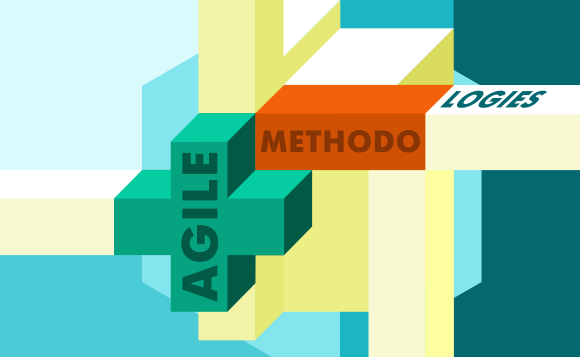
Agile methodology has grown to be among the most popularly used development methodologies in today’s world. While its rise has been especially notable in the twenty-first century, agile methodologies have been in use for over twenty years now. The surge in popularity has not been an easy one, however. Much like any other new development methodology, agile has been subject to criticism. Most of this criticism has been a result of poor planning or training of developers, improper setting of development teams and general ignorance. This is not to say that agile methodologies are perfect. There are apparently some drawbacks, and whether this methodology is suitable for your company depends on your company’s end goals.
Agile methodology has provided developing teams with many advantages, which is why it continues to rise in popularity. Here are some of the significant benefits offered by Agile.
PROS OF AGILE METHODOLOGY
Flexibility
Considerably the most significant advantage of agile methodology is how adaptable it is to changing development environments, requirements and even developing teams. The emphasis for Agile methodology is on taking care of tasks that matter when they are needed. Thanks to a well-defined set of requirements, an Agile development team is usually well aware of tasks that need to be performed and in what order of priority they are in. Such a system ensures that the customers are the point of focus and that the problems they need to be fixed first are given priority. Stakeholders also gain as the development is progressive. Therefore they are less likely to incur a loss and are much more likely to remain relevant in the market space.
Embracing Uncertainty
A derived advantage from its flexibility (yet still a significant advantage) is the fact that Agile methodology acknowledges the fact that the outcome of a specific project is, in essence, unknown until it is completed. Because of this open-minded trait, Agile methodology is always open to discovery. Sometimes other solutions to a problem which fit better into a project may be found and implemented, while on other occasions developers may discover an underlying problem to an already defined problem. The advantage here is that every problem is solved optimally, as developers ensure that every loophole is taken care of before committing to a specific solution. Developers are also at the advantage of discovering new ways of solving problems as they tackle existing ones.
Immediate Feedback
For some Agile methodologies, such as scrum, development is usually in cycles, each cycle providing a module in its ready release state. This ready release state is achieved through constant testing and feedback from both customers and stakeholders. After a module has been developed, these individuals are usually involved in evaluating the module, providing the developers with comments and suggestions. The developers then collect these ideas and questions and determine which changes are viable and can be made to the module. Through this cycle, the final module is usually a finished product.
Less Defective Products
A major advantage of Agile methodology is that the end product is usually efficient and robust as compared to other development methodologies. This robustness is brought about by the amount of work put in relating to development, implementing, testing and feedback. Debugging is also a significant part of the development cycle, and this ensures that the finished product is functioning at its best.
CONS OF AGILE METHODOLOGY
While Agile methodology has provided an efficient way to develop and deploy software for many companies, there are still some issues surrounding it; which usually leads to other choices appearing better.
Lack of Documentation
Perhaps the most significant disadvantage of Agile development methodology is the lack of documentation during the development process. This is usually because of the ever-changing scope of the project regarding requirements and problem definition. Documentation of a particular module could be rendered obsolete due to both major and minor changes made to it. Therefore, documentation is not always emphasized upon, and sometimes small changes fail to be added to the final documentation.
Scope Creep
Due to the flexibility of Agile methodology, some members of the development team, especially the customers, may demand more and more of the system each time it is improved. Project managers who are inexperienced or not thorough may end up mismanaging projects by failing to rationalize user requirements.
Time
It’s evident that with Agile methodologies, a lot of time is taken on projects as a whole, as well as their modules. The entire cycle of definition, development, testing, feedback, refactoring is a cumbersome process that requires time and many other resources in abundance. The different members of the development team also need to be available almost always, which leaves little time for other commitments and this may become problematic in later stages of development.
Lack of Predictability
While the ambiguity of the future provides an excellent learning entity for each team group or member, it can also be stressful when it comes to the reality of providing solutions for the public. The fact that clients, stakeholders and even developers are unsure of the outcome of different decisions made during productions, some may decide to opt out of projects. This can become problematic, especially when these entities choose to leave at crucial stages of production. The backing down of entities means that time has to be taken to look for other members, or in the worst case, that the entire project is done away with.



